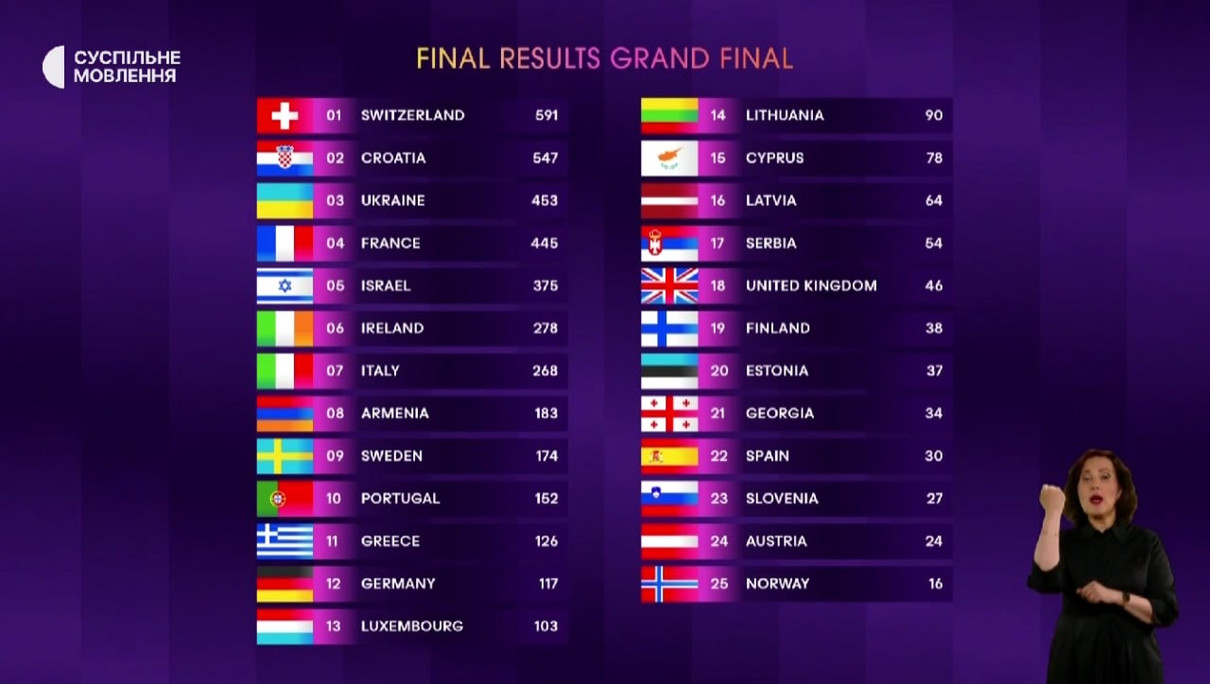
A representative of NASA expressed optimism about solving the problem that arose on "Voyager-1", which has not been able to receive clear data for months. Joseph Westlake, director of NASA's Heliophysics Division, made the announcement in remarks March 20 at a meeting of the National Academies' Committee on Solar and Space Physics. He noted that he believes it is possible to find a solution to the problem on this more than 50-year-old spacecraft, which became apparent last November.
"I'm sure we're on the way to solving it," he said. "We're going in the right direction, and I think we're going to be successful in trying to keep Voyager 1 operational and alive."
The problem was discovered by dispatchers in November, when the data transmitted became "confused and incorrect." Engineers determined that the reason lies in the malfunction of the onboard computer, which is responsible for data collection and telemetry on board.
Troubleshooting was hampered by several factors. Voyager 1, launched in 1977, is now more than 24 billion miles from Earth, meaning it takes 22,5 hours for a signal to travel that distance. Unfortunately, none of the developers of the 1970s-era base program can help anymore, so the experts had to turn to the documentation to find the problem.
NASA announced progress on March 13 when a command called "poke" was sent to Voyager 1, and the spacecraft responded by sending a token of its memory. The agency then said it would compare those numbers with those before the problem to determine the cause of the malfunction.
Westlake told the committee that the problem was most likely related to damage to the spacecraft's memory block: "It's a failure in one of the pieces of memory, and we're looking for a way to move a few hundred words of software from one area to the other on the on-board computer". Each word consists of two bytes.
It is not known for certain how long it will take to solve this problem in the software. NASA's latest statement on the matter indicates that using FDS memory analysis to develop and implement a potential solution will take some time.


 1164
1164












